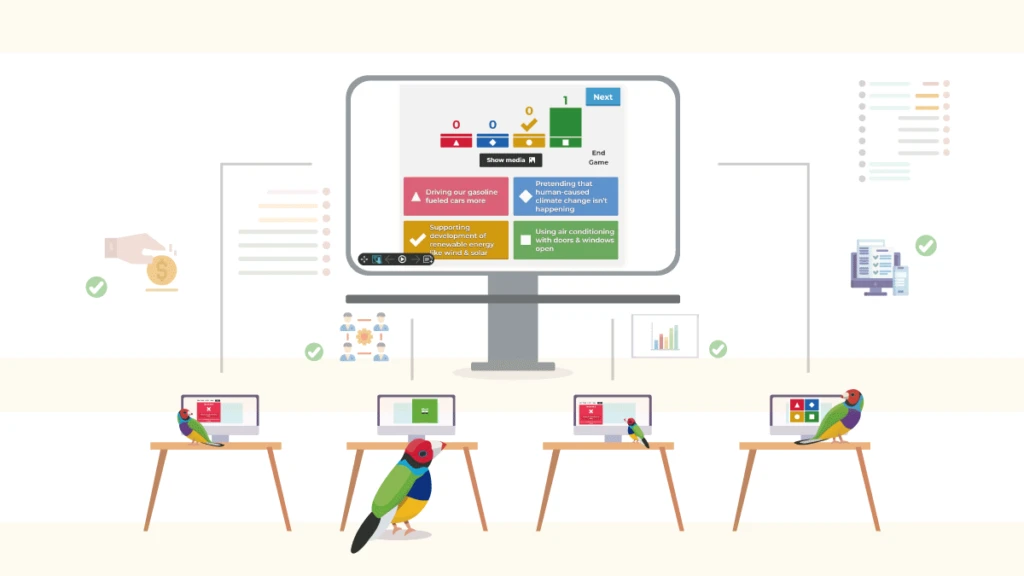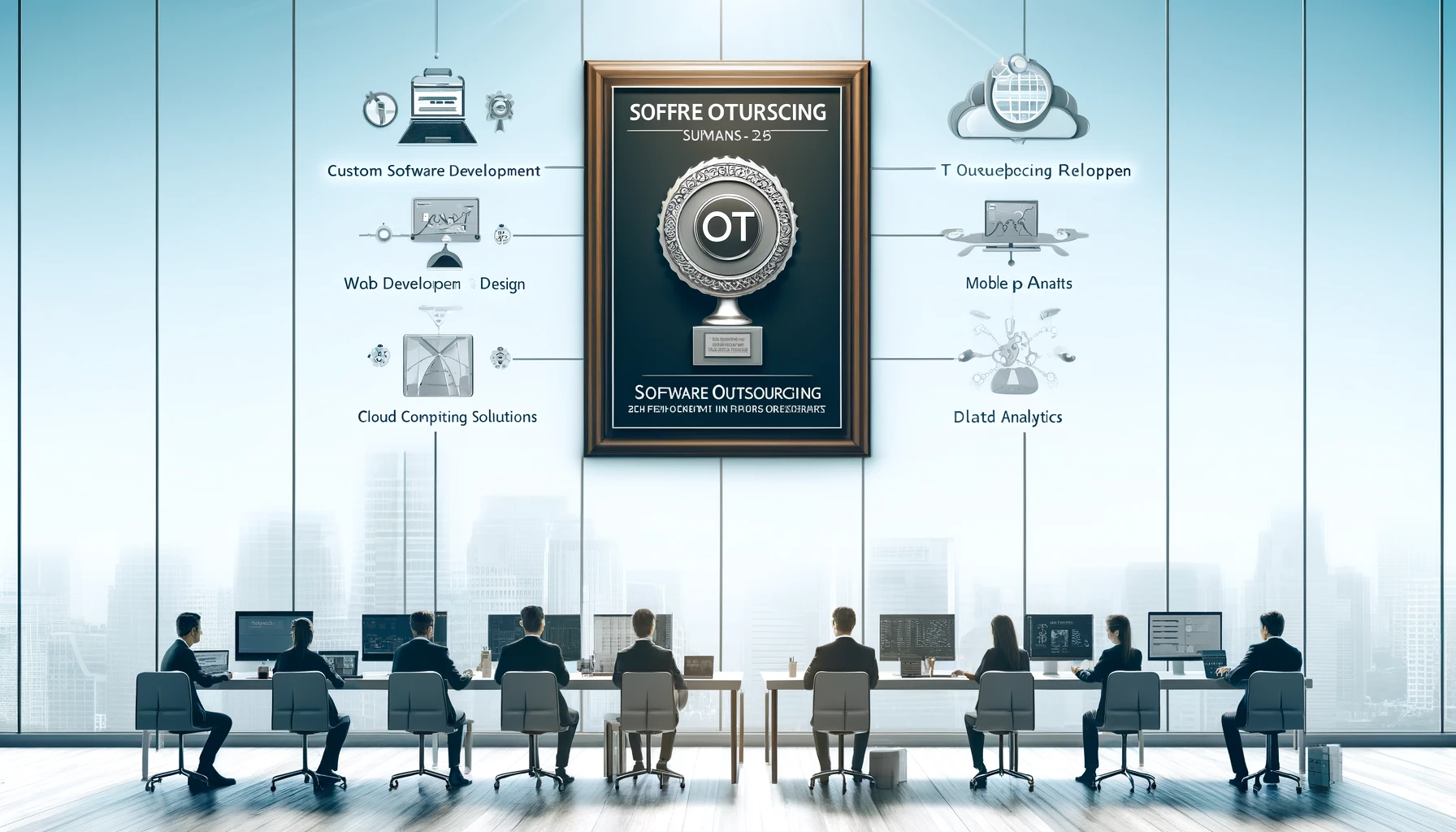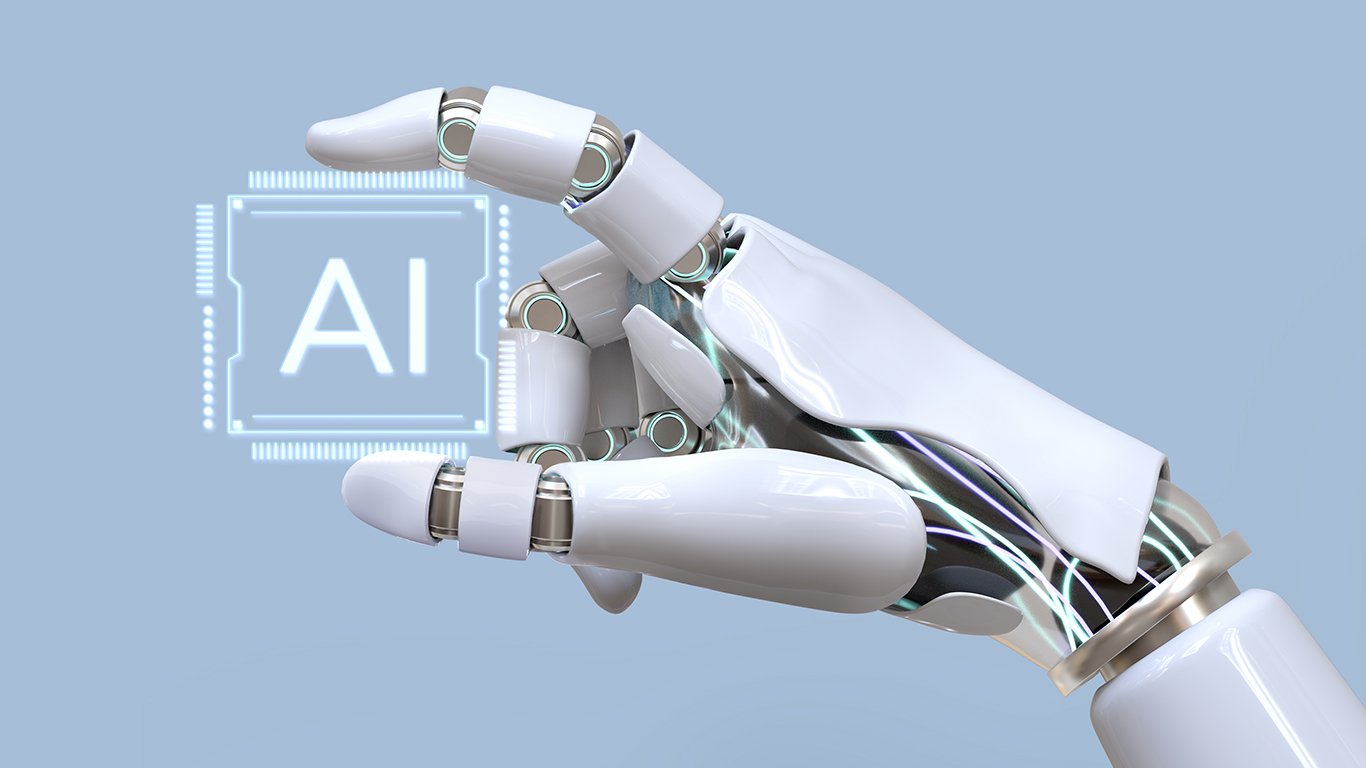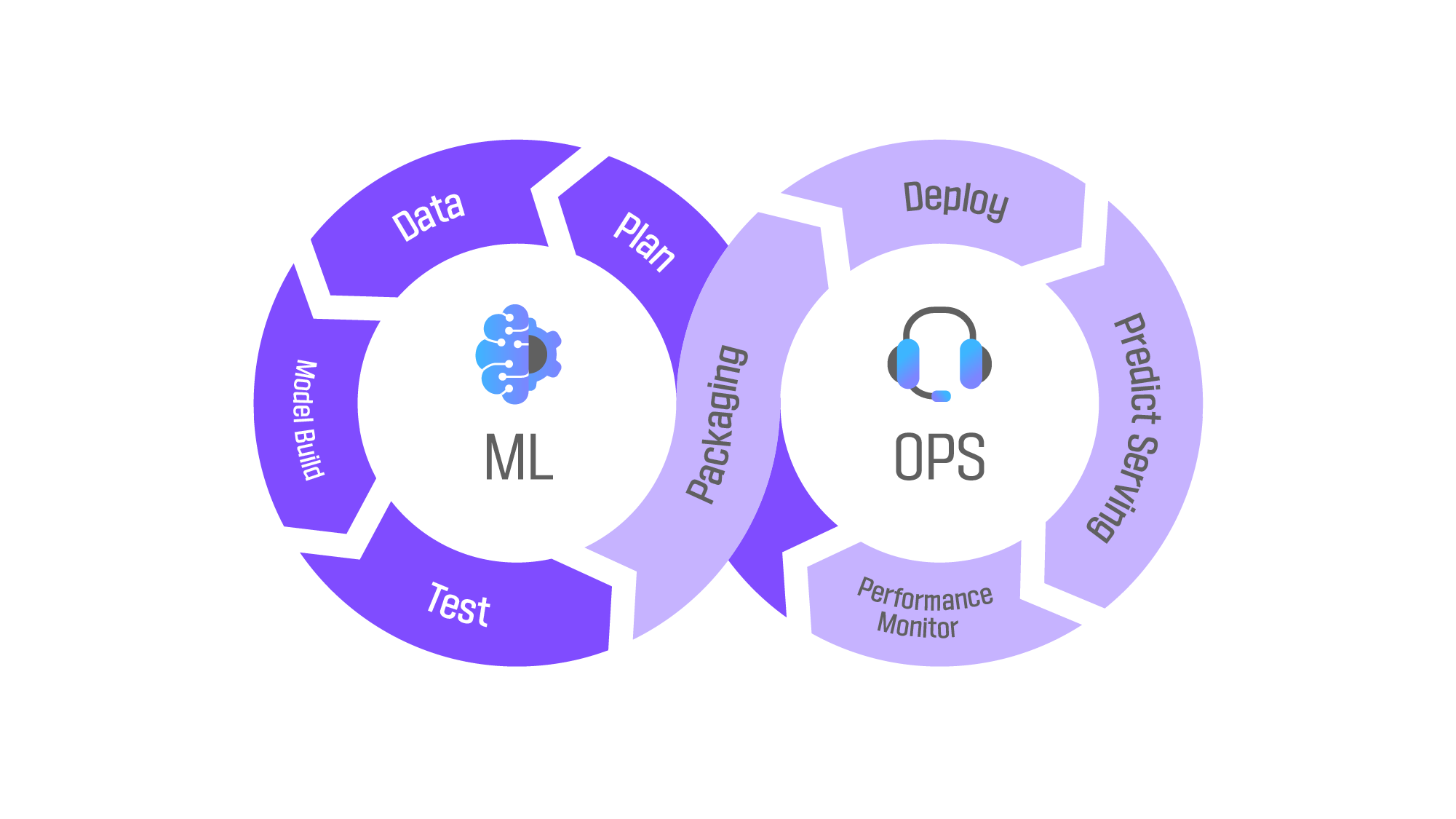The education sector has been rapidly advancing in digital transformation, with further momentum expected in the future. Although the advantages of EdTech outweigh the disadvantages, it is not exempt from challenges. However, with our implementation tips, educators can be better prepared for these challenges.
The prevalence of digital transformation is evident in almost all aspects of life, including the education sector, where various degrees of digital transformation have been implemented. This transformation has given rise to EdTech, a technological industry that includes interactive whiteboards and front-facing projectors.
Many educators are still unaware of EdTech and its impact on education. This guide aims to assist teachers in navigating the ever-changing landscape of digital transformation and EdTech successfully. Check out ViewSonic’s Education solution for empowering classroom collaboration or read on to learn more about the digital transformation in education and how to make the most of it.
Is there any aspect of life that has yet to be influenced by digital transformation and technology? The answer is highly unlikely!
What Is EdTech and the Digital Transformation?
EdTech is an abbreviation for educational technology, which denotes a field of technology used to enhance classroom learning. Although the definition may seem broad, EdTech encompasses a wide range of products and philosophies that aim to modernize education practices, from digital whiteboards and online curriculum management systems to specialized tablets. Reflecting on your own education, you may recall the use of chalkboards, overhead projectors, and physical textbooks. However, with the ongoing digital transformation of the education sector, these traditional tools have been replaced by digital whiteboards, interactive front-of-classroom displays, and tablet-based versions of textbooks, which are all facilitated by EdTech devices.

4 Advantages of the Digital Transformation
In any major transformation of a sector, whether industrial, political, or academic, diverse opinions emerge, often polarized between positive and negative perspectives. In the specific case of the digital transformation of the education sector, proponents often highlight the potential benefits, such as increased opportunities for experimentation, enhanced access to resources, improved efficiency, and the development of valuable life skills.
1. Experimentation and Feedback
EdTech offers increased dynamism compared to traditional educational methods, particularly in terms of on-the-fly quizzes and up-to-date lesson content. The constant connectivity of EdTech provides teachers with tools for unlimited experimentation and nearly instantaneous feedback. They can easily test out new learning tools, assess students’ understanding through quizzes, and seamlessly update outdated lesson material. The digital transformation of the education sector enables educators to experiment whenever they desire and take appropriate action based on the results.
2. Plenty of Resources
EdTech eliminates the concerns of teachers regarding resource constraints. With the integration of an interactive whiteboard’s native software and Internet connectivity, the availability of resources is virtually unlimited. These resources may include media integration, live annotation, and gamification, among others. The teacher’s creativity and technological literacy are the only limitations on the possibilities offered by EdTech.
3. Automation and Efficiency
While education aims to develop young and mature minds, teaching involves various necessary but tedious tasks that can distract from the main goal. These tasks may include grading, attendance-taking, communication with multiple stakeholders, and other administrative duties.
Fortunately, EdTech and the ongoing digital transformation of the education sector provide assistance in streamlining these processes. As with most industry-level technology upgrades, increased automation and efficiency are common outcomes of the transformation. In education, teachers can now delegate administrative tasks to their newly-acquired EdTech tools. As a result, educators who properly leverage these devices may experience more efficient day-to-day teaching experiences.
4. Life Skill Development
Technology is an indispensable aspect of our modern world, and its presence is likely to persist. From job searching to long-distance communication with friends, the use of technology has transformed from an unusual hobby to a necessity in just a few years. This is where EdTech and the digital transformation of the education sector come into play. By introducing students, especially young ones, to these technologies, they are well-equipped for the future. In practice, this includes skills such as source literacy and digital presentation creation. Considering technology use as an essential life skill, there is no better time to acquire such knowledge than during the developmental years of the brain.
3 Challenges of the Digital Transformation
The digital transformation of the education sector has faced criticism from various quarters, raising legitimate concerns. These include the potential for in-class distractions, unequal access to technology among students, and inadequate oversight of digital sources. In the following discussion, we will examine these drawbacks to provide insights on how to address these challenges effectively.
1. Distractions Abound
There are concerns among some individuals regarding the potential for addiction and harm to students caused by the use of technology, particularly tablets or screens. If students are misusing EdTech, it is essential to reconsider the lesson plan to ensure optimal use.
Surprisingly, the solution to this issue might involve incorporating more interactive and engaging elements into the EdTech usage. This might appear counterintuitive, but research indicates that students who enjoy themselves while learning are more likely to engage in active learning.
2. Unequal Access
Inequality is a pervasive issue in our society and extends to access to modern technology. The cost of such technology may be prohibitive for some students, making it imperative for educational institutions to provide necessary tools and resources in a universal manner to ensure equal access to educational opportunities. While teachers need not necessarily implement EdTech at an individual-student level, front-of-classroom tools can be utilized to enhance the overall learning experience. This approach will aid in achieving the ultimate goal of successful implementation of EdTech and digital transformation in the education sector.




